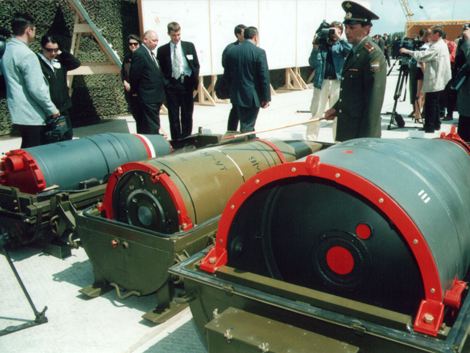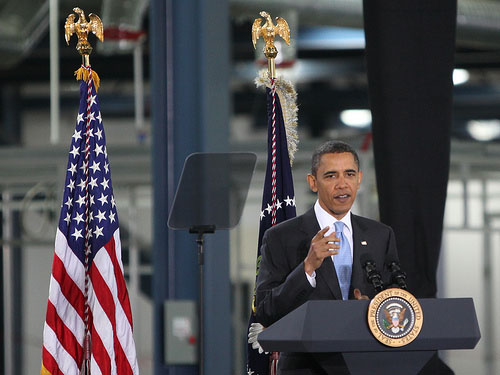
Today, Russia and the US possess approximately 95% of the world’s nuclear weapons, and bilateral nuclear relations between these two countries still constitute one of the main issues in global nuclear disarmament.
In spite of recent Russia-US agreements to reduce their respective nuclear stockpiles, however, Russia still maintains an active and robust nuclear policy, one that is now no longer solely dependent on the issue of balancing against the United States, but which must also take into account a number of nuclear states – both lesser, traditional nuclear threats such as China, France and the United Kingdom as well as newer potential threats such as Pakistan and North Korea. Russia’s nuclear strategy is encapsulated in an unpublished but widely-acknowledged document called “Foundations of State Policy in the Field of Nuclear Deterrence” (Russian: Основы государственной политики в области ядерного сдерживания). The Russian Ministry of Defence acknowledges that all nuclear states have their own particular nuclear strategies, which account for their own respective national security needs as well as nuclear reduction and non-proliferation.



